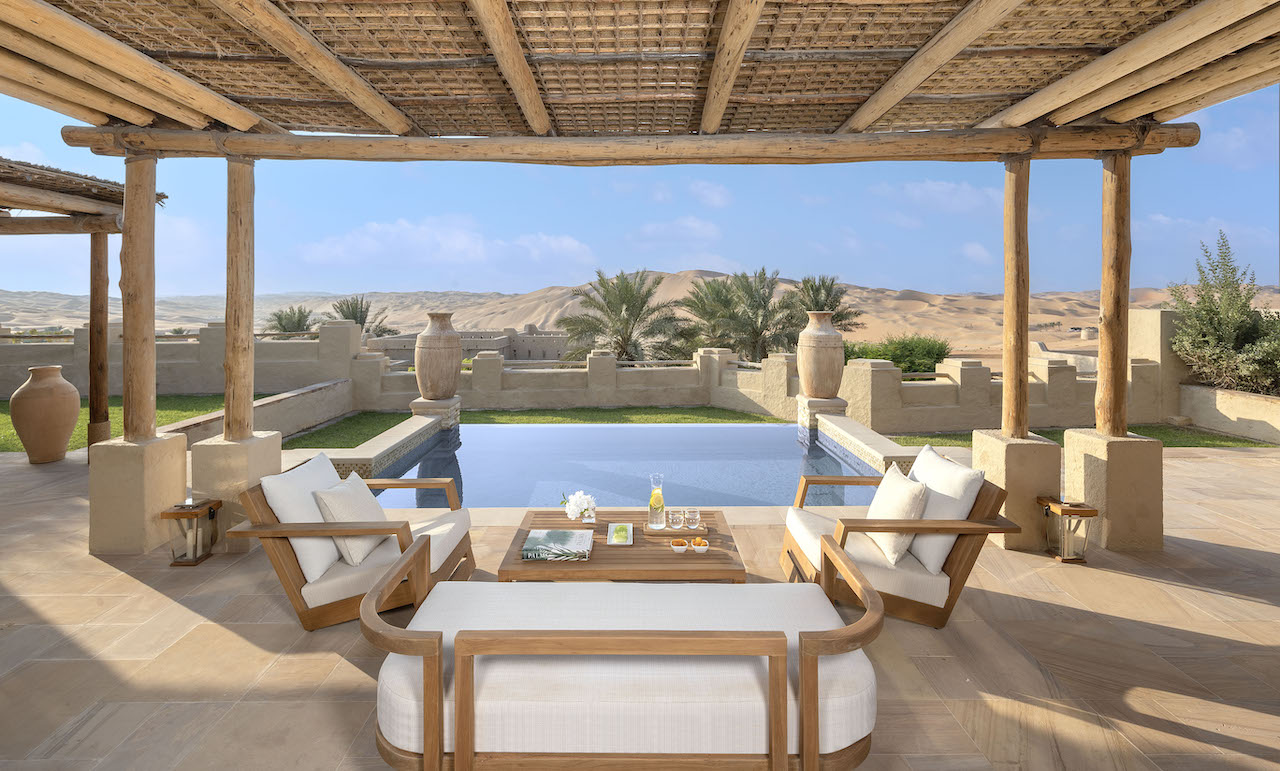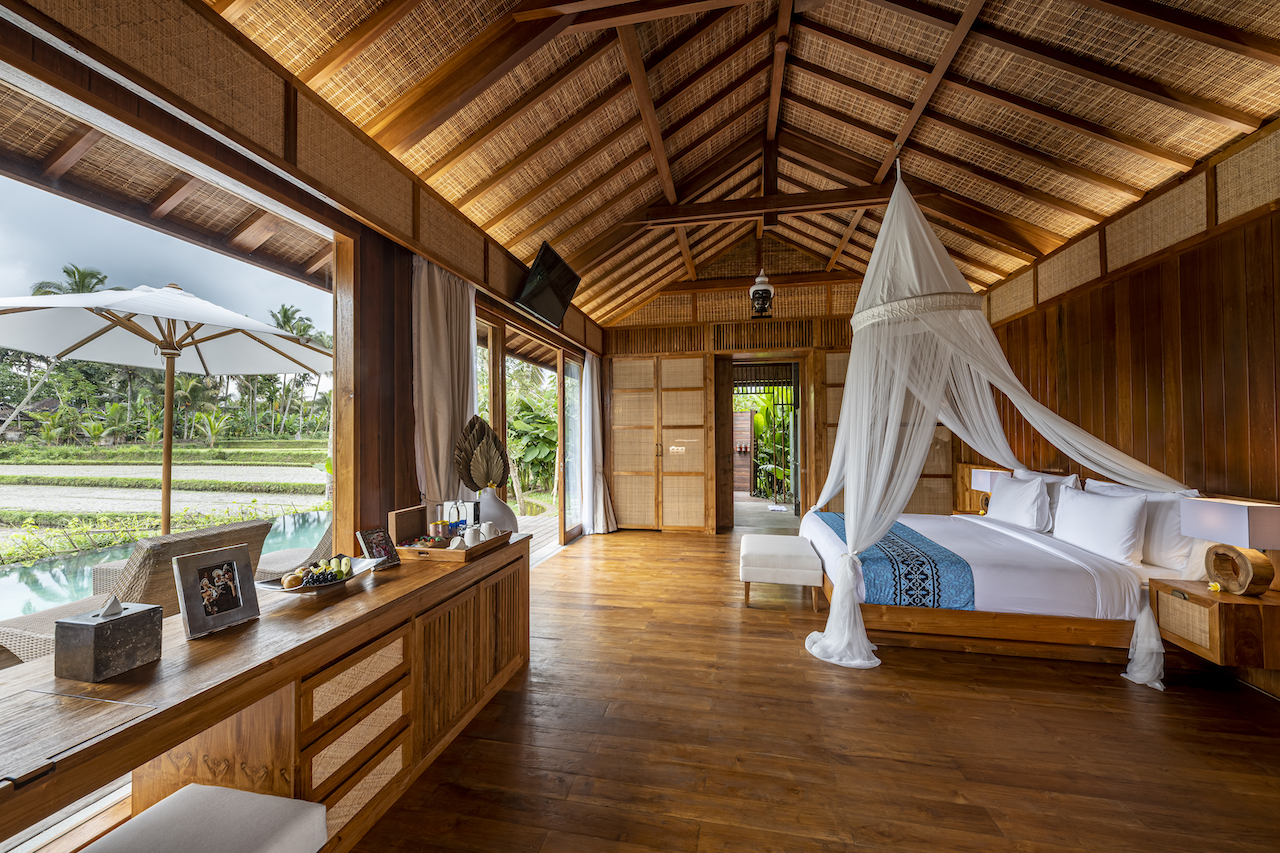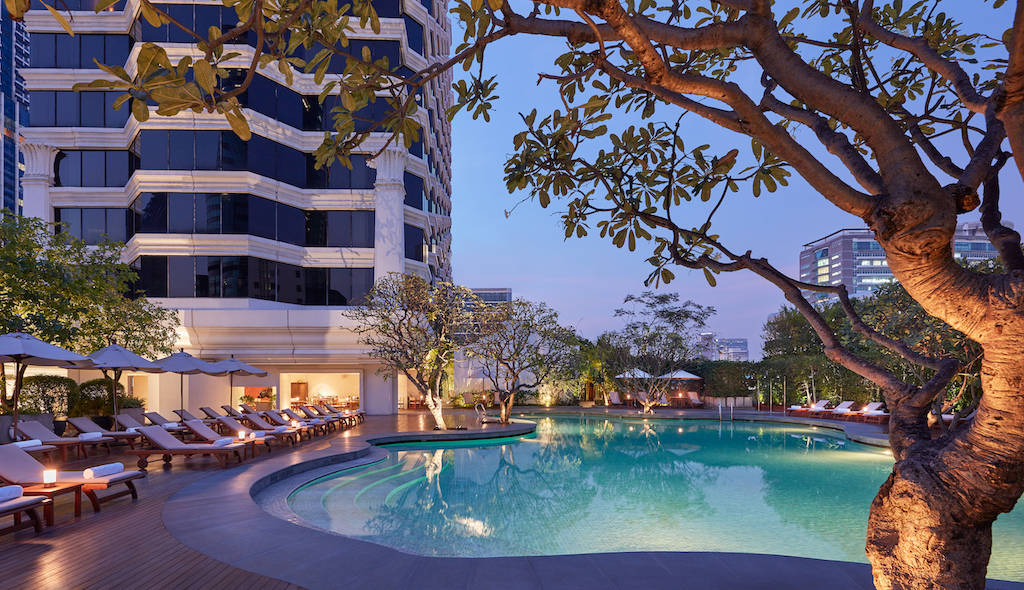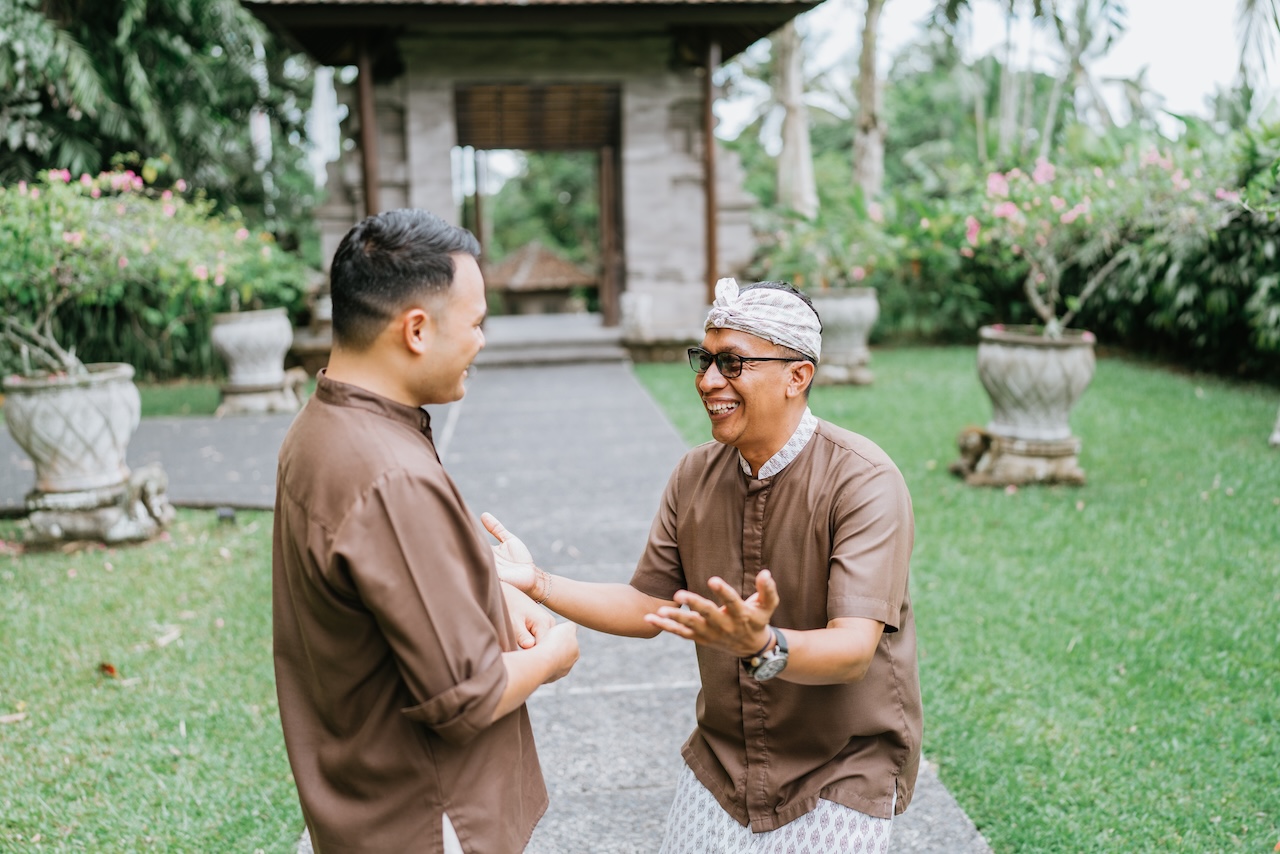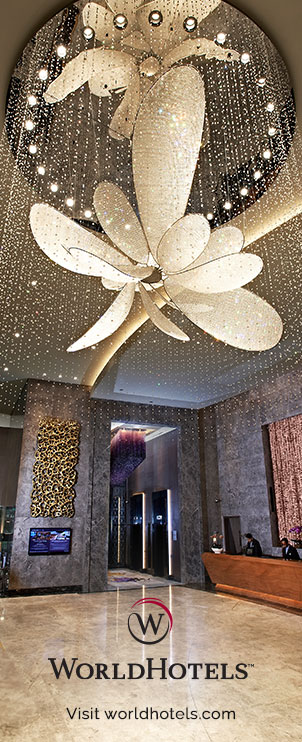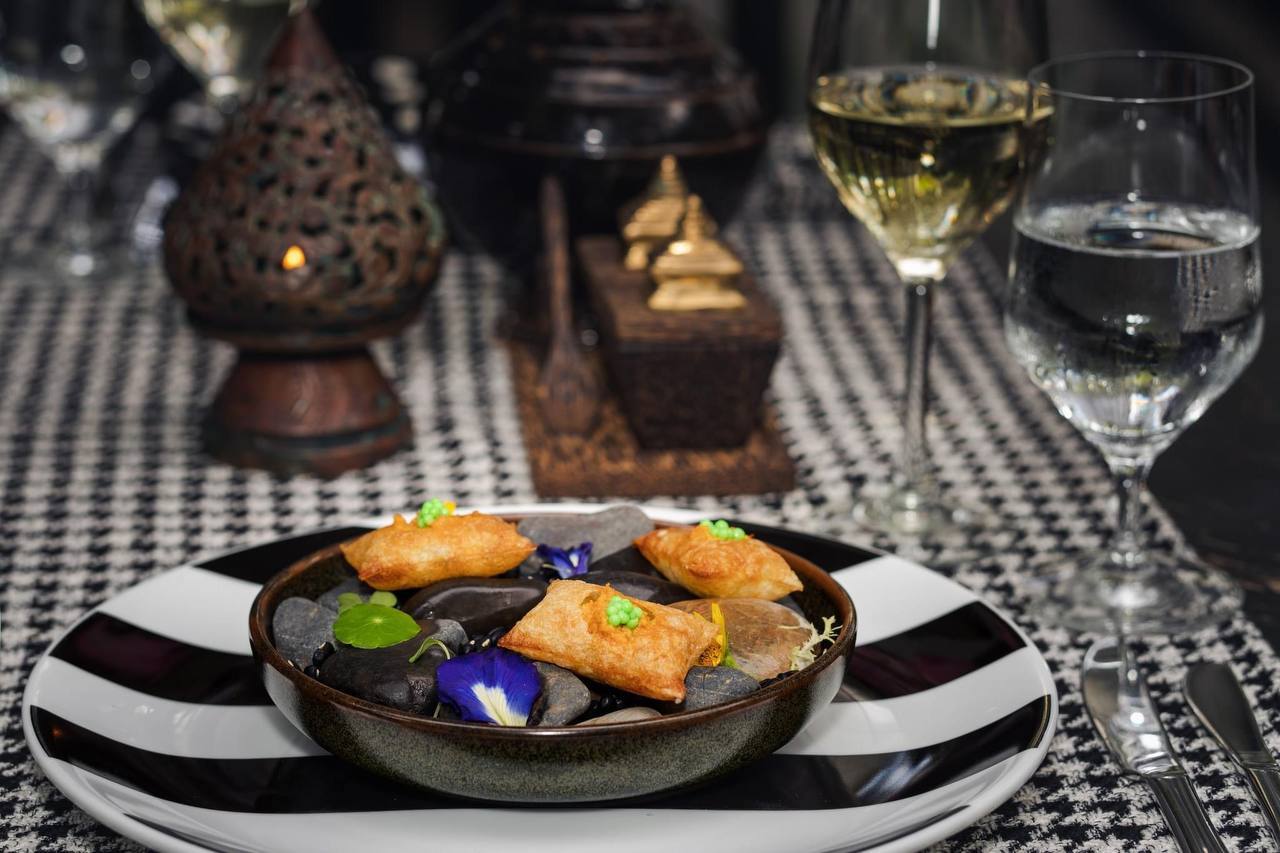

We talk the revival of Cambodian cuisine and homecoming inspiration with executive chef Chanrith Van.
For decades, Cambodian cooking has remained in the shadows of Asian heavyweights like Chinese and Thai cuisine, but executive chef Chanrith Van of Shinta Mani Angkor and Bensley Collection Pool Villas in Siem Reap is determined it won’t stay that way for much longer.
READ: Indulge in Ozone Therapy in Austria
With a focus on farm-to-table, sustainable dishes and zero waste in the kitchen, Kroya by Chef Chanrith at Shinta Mani Angkor and Bensley Collection Pool Villas in Siem Reap is making waves in the Cambodian culinary scene by showcasing traditional food from the local provinces and giving these dishes a high-end twist. Signature plates include Beef Lok Lak, beef tenderloin butter-aged for 26 days and served with a sous vide egg and a lime and pepper sauce.
Another popular dish is Pouk Village Krek Soup using red ants (read this article to see which other restaurants are turning to insects) harvested from the forest at Shinta Mani Wild. The ants make their nests in the leaves of the mango trees and add a distinctive sour note to the soup, similar to lime, tamarind or vinegar.
Chef Chanrith first worked at the property as pre-opening executive chef from 2012-2016, and has since gained experience in senior roles both internationally and in his native Cambodia, including a stint at both Courtyard by Marriott Siem Reap Resort and Park Hyatt Dubai. Chef Chanrith has now returned to his hometown of Siem Reap with a mission to put Cambodian food on the culinary world map.
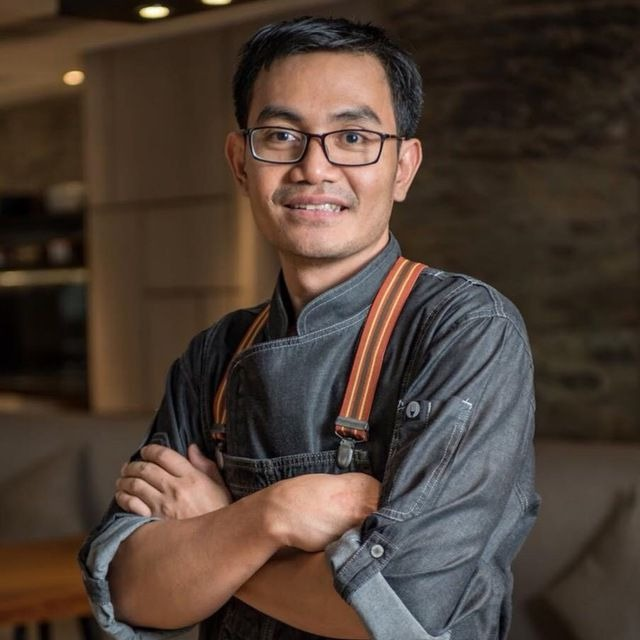
Compared to other Asian cuisines, Cambodian food remains relatively unknown. How would you characterise it?
Cambodian has ancient roots dating back to the Angkorian times and as such has a strong food culture. What makes it special? It’s the use of fresh, local ingredients that grow in abundance in the villages, and the herbs and spices, some of which grow wild (cardamom grows wild in the mountain range of the same name). Then there’s the flavour, which isn’t as strong compared to other Asian cuisines – there’s much less chilli and sugar, and not so much coconut milk.
READ: New Hotel for Times Square
Your cooking classes are very popular. Tell us about your approach
The main goal of the classes is that we want guests to have fun and experience why Cambodian cuisine is so special, but also ensure they can cook the same food when they return home. We give them a recipe booklet so they can take their notes and follow the chefs’ directions. Before cooking, guests visit the local market where we introduce them to the wonderful array of Cambodian vegetables on display, from Cambodian gourds to leafy vegetables like morning glory.
In the kitchen, you follow Shinta Mani Hotel Group’s policies of adopting farm-to-table, sustainable menus that embrace zero waste. How do you do this?
We source local organic sustainable produce, examples being pomelo from Battambang province, jackfruit from Banteay Srei village, and peppercorn from Kampot province, plus fish and scallops from Koh Kong. We also plant herbs, spices and edible flowers on the rooftop of our restaurant. As for zero waste practices, leftover food is made into compost for our rooftop garden. In addition, any old cooking oil is donated to a local NGO, which processes it into animal food.
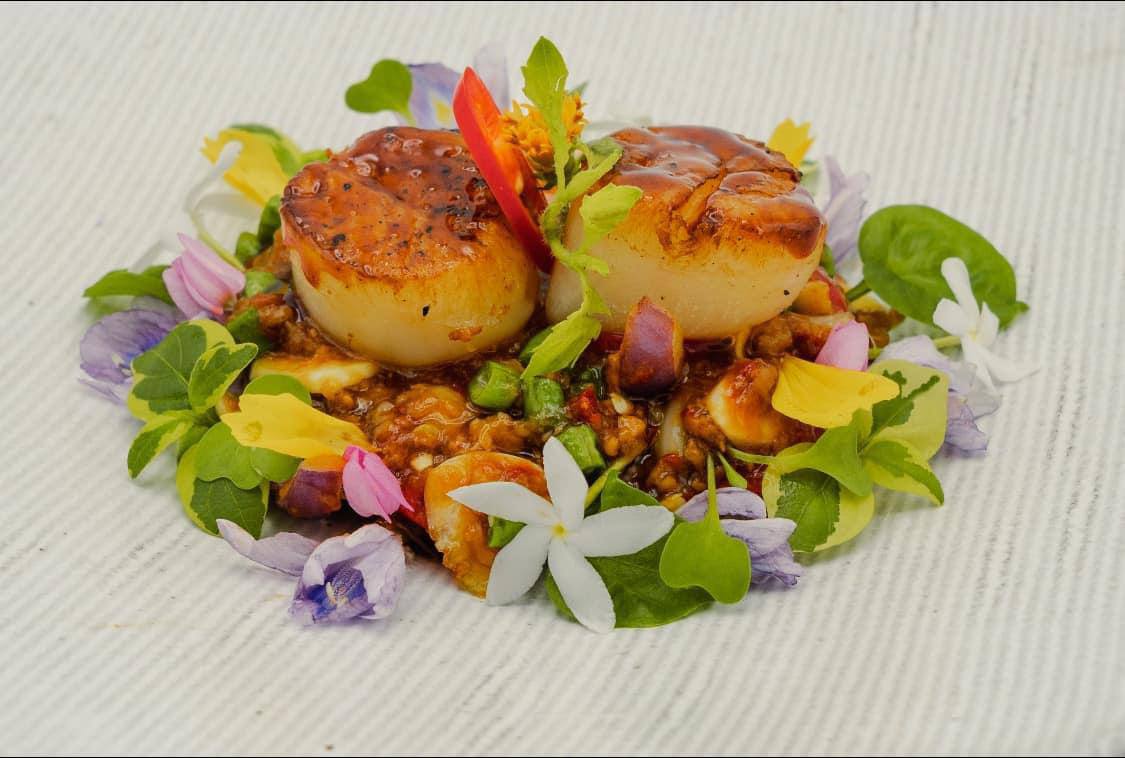
You first worked at the property as a pre-opening executive chef. How has the kitchen changed since you were away and how does it feel to be back?
Like every kitchen, new executive chefs must make their mark and change menus that best reflect their experience and passion, and that’s what I’ve done. Weeks of testing and training my team in hygiene practice, food costing, menu direction, storage control, sampling and presentation have led us to rank in the top restaurants in Cambodia. When I rejoined Shinta Mani, the GM Ewan Taylor and I decided on the concept and, together with our brand consultant Jason Friedman, created unique menus that cannot be found anywhere else in Asia. I’m excited to be back and optimistic about my country’s food scene. It’s Cambodia’s turn to shine in the culinary world.
Why did you decide to return to your old kitchen?
When the GM approached me to rejoin as executive chef I jumped at the opportunity. I’ve worked with many different hospitality groups like Hyatt and Marriott and while Shinta Mani is a small hotel brand, I’ve never looked back and feel like I’m home. We are like family.
READ: Cook the Island in Bali with Amankila
What do you love to eat?
That’s an easy one. I love prahok, a fermented fish that’s been aged from between six months to two years in a fermentation tank. It’s a key main ingredient of Khmer cuisine and most of our food contains this ingredient to bring out the flavour. I learned how to make Prahok from my grandmother when I was six years old and used to make it for my extended family.
Who, or what, inspired you to become a chef?
Gael Ladiere, who is now the director of food and beverage at the Avani Group. I worked with him back in 2003 when he was the executive chef at one of the hotels in Siem Reap. It was he who kept pushing me from commis to demi chef to chef de partie.

What have been some of the highlights of your career so far?
Back In 2016, I was executive chef for the first Marriott International hotel opening in Cambodia, Courtyard by Marriott Siem Reap Resort.
In addition to Cambodian food, you specialise in French fine dining and Italian food. Do your Cambodian dishes feature any European elements?
My background is more on European food but my roots and passion is Khmer food. I initally went for European cuisine, not Khmer cuisine, as Siem Reap is a tourist town and no matter how proficiently you cook Khmer food, all the hotels and restaurants – especially the branded international hotels – require their chefs to cook Western food too. Now, I want to stay true to my culture and keep the authenticity of Khmer taste – there’s no fusion cooking. The concept is that all the dishes on our menu keep the original taste, so our diners can experience how we locals eat at home. The difference is in plating and food presentation.
READ: Sergio Herman to Open in Tokyo
You hope to put Cambodian food on the map. What’s your game plan?
It’s our aim to let the world know about Khmer cuisine. We are now ranked as the #2 in TripAdvisor out of 883 restaurants in the city. When we relaunched in 2022, we were ranked at #70. Our goal is to rank within the top 10 restaurants in Southeast Asia and we’d love to be recognised on an international level by Asia’s 50 Best Restaurants or the Michelin Guide. But more importantly, it’s about getting Cambodian cuisine known globally, as it deserves to be.
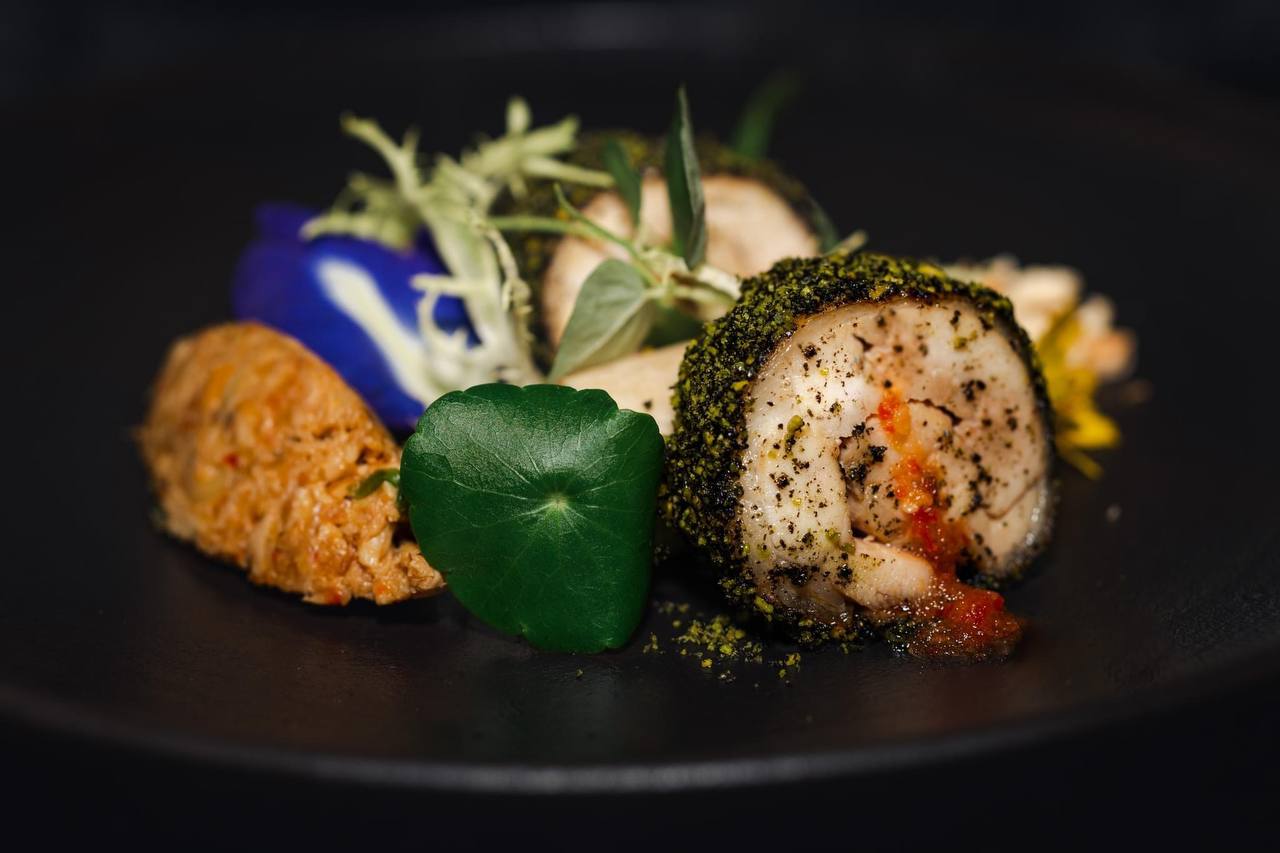
You’ve worked in Dubai, Singapore, Malaysia, Thailand and Vietnam. Was it always your intention to return to Cambodia?
Each country has its own culture and cuisine, and this benefitted me as I could learn new techniques from other chefs and apply them to my own style. I always intended to return to my hometown, and the time came when I had gained enough knowledge and felt confident enough to craft a unique menu. I have an amazing team and a GM who trusts me and keeps me away from paperwork so I can concentrate on cooking and teaching my team.
What’s next for Kroya?
We were recently invited to appear at a pop-up kitchen at the British Club in Bangkok for the King Charles III Coronation event as the only Cambodian outlet and are appearing at The Siam Bangkok hotel for two nights introducing our Cambodian fare on the 29 & 30 September.



























